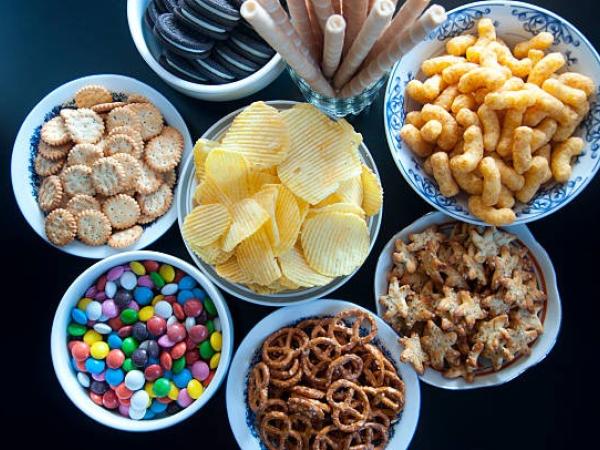Starting January 1, 2025, The tax increase was applied to ultra-processed foods in Colombia. This is in compliance with the provisions of the tax reform (Law 2277 of 2022), which defines the implementation of this tax.
(Read more: What is the UPC, and why do they criticize the increase established by Gustavo Petro?)
It should be remembered that this tax, which seeks to discourage the consumption of products that contain excess sugar, fat and sodium, came into effect in 2023 with a rate of 10%. The norm establishes that this would be adjusted gradually, so in 2024 it increased to 15% and This year a final increase was made to 20%.
This measure applies to 21 items of the 443 that make up the group of foods with which the National Administrative Department of Statistics (Dane) measures inflation. These include sausages, ham, chorizo, crackers, sweet biscuits, instant chocolate, chocolate bars, heavy cream, yogurt, whey, among others.
However, there are exceptions. Foods such as bread, wafers, sausage, mortadella, arequipe, sandwiches, fruits, vegetables, tubers, milk, meat, eggs, fish and grains are exempt from this tax.
The law states that those forced to pay for this new adjustment in the tax They are the producers, industrialists and importers of foods that contain the established parameters.
(Read more: This is how you can identify which foods the healthy tax applies to)
Supermarket
(See: CPI: what is it and how is this economic indicator calculated?)
Since this measure was incorporated, a change in consumer habits has been evident.
According to a study carried out by the firm Kantar, Households are adapting their purchasing decisions in response to these taxes. This behavior can be seen in actions such as purchase frequency and the migration of users to cheaper brands.
Please note, these products can be identified by nutritional labeling. These warning stickers indicate that a food has quantities whose excessive consumption may represent a greater health risk. These can be recognized as an octagonal symbol with a black background.
(Read more: January cost: why does everything go up at the beginning of the year?)
PORTFOLIO

















